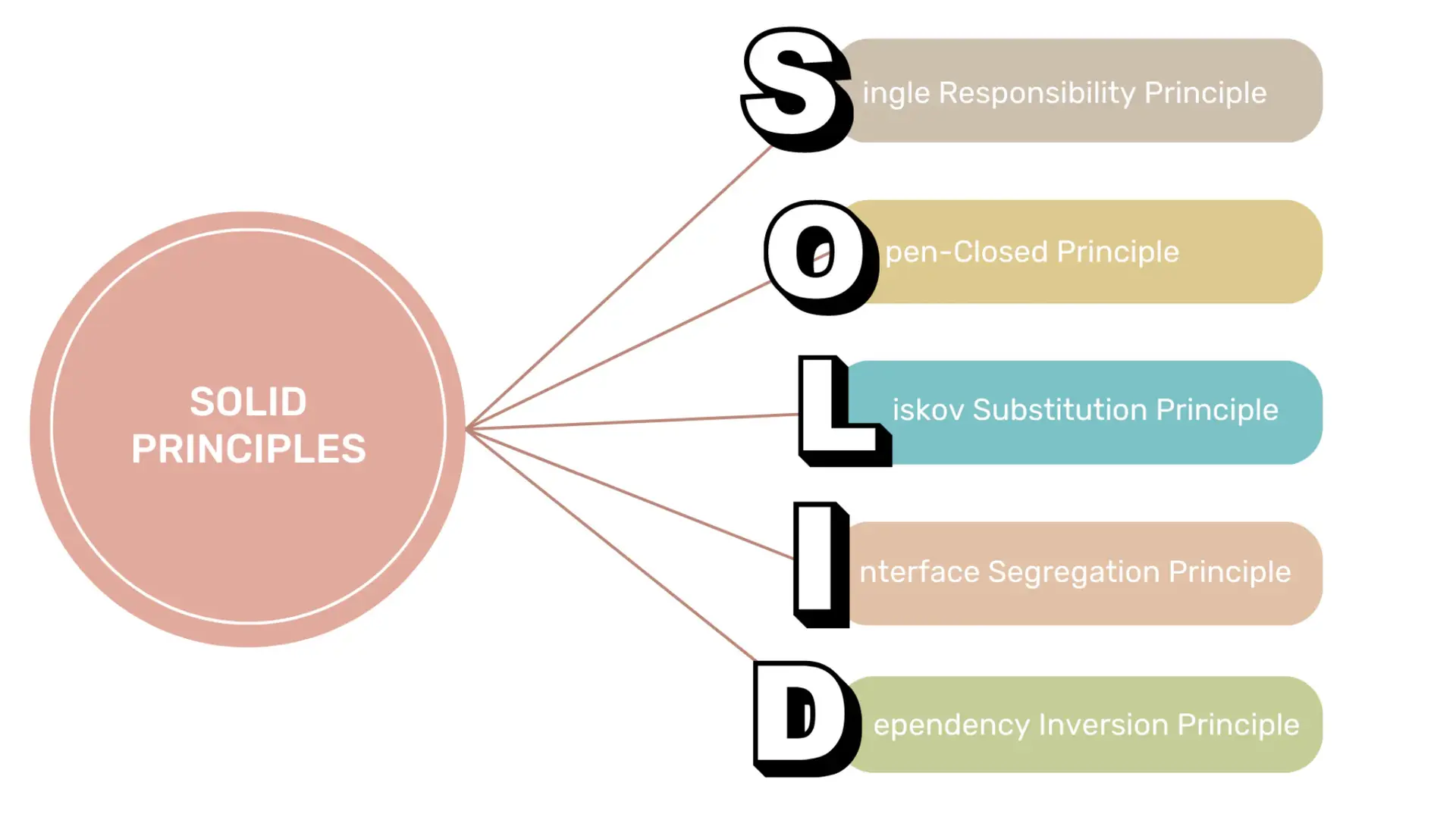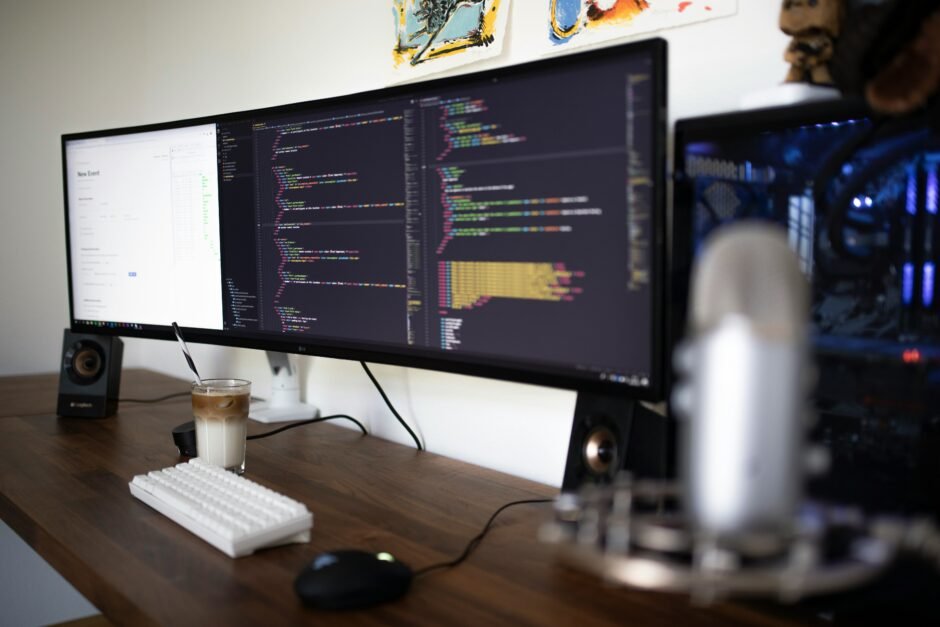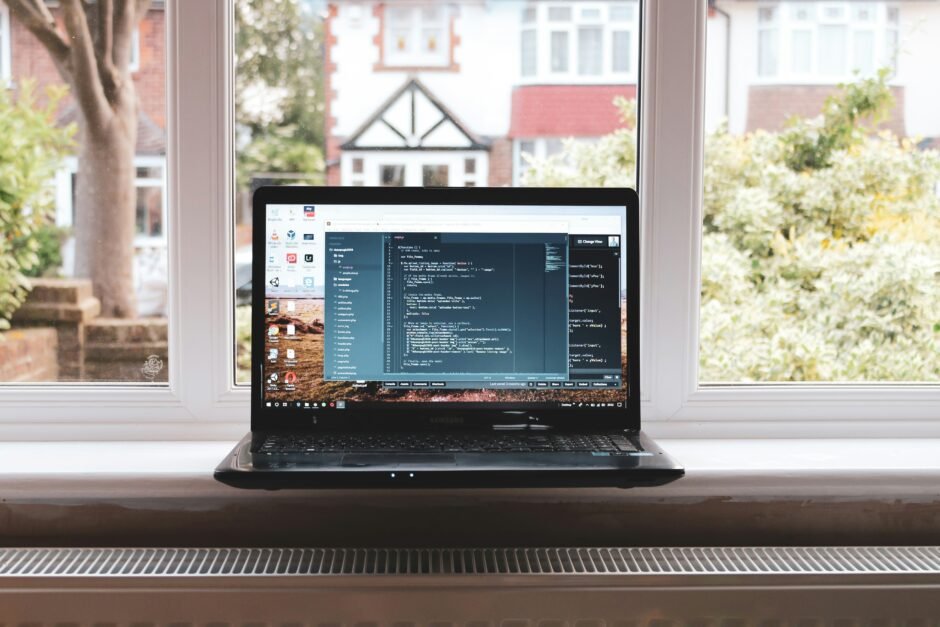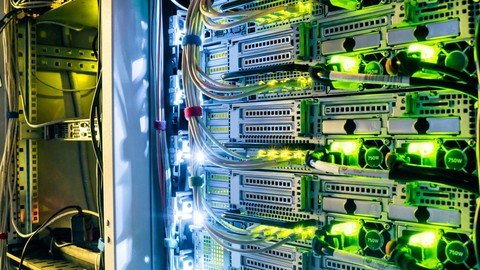VLAN Hopping Prevention Tips VLAN hopping is a security vulnerability that allows an attacker to gain unauthorized access to network resources by exploiting weaknesses in the implementation of Virtual Local…
Understanding DHCP Snooping: Enhancing Network Security

Introduction
DHCP Snooping : In today’s digital age, network security is of paramount importance. With the increasing number of cyber threats, organizations need to implement robust security measures to protect their networks and sensitive data.
One such security feature is DHCP Snooping, which helps prevent unauthorized DHCP server attacks and ensures the integrity of the network.
What is DHCP Snooping?
DHCP Snooping is a security feature that is commonly used in switched networks.
It provides a way to mitigate various DHCP-related attacks, such as rogue DHCP server attacks, DHCP starvation attacks, and DHCP spoofing attacks.
By enabling DHCP Snooping, network administrators can ensure that only authorized DHCP servers are allowed to assign IP addresses to devices on the network.

How Does DHCP Snooping Work?
DHCP Snooping operates by building a trusted database of DHCP bindings, which includes the mapping of MAC addresses to IP addresses.
This database is created by monitoring DHCP messages exchanged between DHCP clients and DHCP servers. DHCP Snooping inspects these messages and records the MAC address, IP address, lease time, and other relevant information.
Once the trusted database is established, DHCP Snooping applies a set of rules to validate DHCP messages received on untrusted ports.
Untrusted ports are those ports where DHCP clients are connected. If a DHCP message is received on an untrusted port and does not match an entry in the trusted database, it is considered unauthorized and dropped.
Benefits of DHCP Snooping
DHCP Snooping offers several benefits to enhance network security:
- Prevents Rogue DHCP Server Attacks: DHCP Snooping ensures that only authorized DHCP servers can assign IP addresses, preventing rogue DHCP server attacks. These attacks occur when an unauthorized DHCP server is connected to the network, offering IP addresses to unsuspecting clients.
- Mitigates DHCP Starvation Attacks: DHCP Starvation attacks involve exhausting the available IP address pool by flooding the DHCP server with a large number of DHCP requests. DHCP Snooping helps prevent such attacks by limiting the number of DHCP requests allowed from a single port.
- Defends Against DHCP Spoofing Attacks: DHCP Spoofing attacks involve an attacker impersonating a legitimate DHCP server and providing false IP configuration information to clients. DHCP Snooping verifies the DHCP messages and drops any unauthorized ones, preventing such attacks.
- Enhances Network Stability: By ensuring that only authorized DHCP servers are used, DHCP Snooping helps maintain network stability. It prevents conflicts caused by multiple DHCP servers offering conflicting IP addresses or configuration information.
Configuring DHCP Snooping
To enable DHCP Snooping on a network switch, the following steps need to be followed:
- Enable DHCP Snooping globally on the switch.
- Identify the trusted ports, which are the ports connected to authorized DHCP servers.
- Configure untrusted ports, which are the ports connected to DHCP clients.
- Configure DHCP Snooping bindings, if necessary, to manually add or modify DHCP bindings.
- Monitor and maintain the DHCP Snooping database to ensure its accuracy.

Here is an example of configuring DHCP Snooping on a Cisco Catalyst switch:
Switch(config)# ip dhcp snooping
Switch(config)# interface gigabitEthernet 0/1
Switch(config-if)# ip dhcp snooping trust
Switch(config-if)# interface range gigabitEthernet 0/2-24
Switch(config-if-range)# ip dhcp snooping
Common Issues and Troubleshooting
While DHCP Snooping is an effective security measure, it can sometimes lead to network connectivity issues if not configured correctly. Here are some common issues and troubleshooting steps:
- Incorrect Trust Configuration: Ensure that the ports connected to authorized DHCP servers are correctly configured as trusted ports.
- Incorrect Binding Configuration: Double-check the DHCP Snooping bindings to ensure that the MAC address to IP address mappings are accurate.
- Database Corruption: If the DHCP Snooping database becomes corrupted, it may cause connectivity issues. In such cases, clearing and rebuilding the database can resolve the problem.
- Mismatched VLAN Configuration: Verify that the VLAN configuration on the switch matches the VLAN configuration on the DHCP server.
Conclusion
DHCP Snooping is a crucial security feature that helps protect networks from various DHCP-related attacks.
By implementing DHCP Snooping, organizations can ensure that only authorized DHCP servers are allowed to assign IP addresses, mitigating the risk of rogue DHCP server attacks, DHCP starvation attacks, and DHCP spoofing attacks.
Proper configuration and monitoring of DHCP Snooping can greatly enhance network security and stability.
Remember, network security is an ongoing process, and DHCP Snooping is just one piece of the puzzle.
It is important to regularly update and patch network devices, implement strong access controls, and stay vigilant against emerging threats to maintain a secure network environment.
here are 15 multiple-choice questions (MCQs) along with their respective answers on the topic of “DHCP Snooping”:
MCQs:
What does DHCP snooping refer to in networking?
A) Securing DHCP servers
B) Monitoring and filtering DHCP traffic
C) Analyzing DNS requests
D) Controlling IP address allocation
Answer: B) Monitoring and filtering DHCP traffic
What is the primary purpose of DHCP snooping in a network?
A) Preventing IP address conflicts
B) Blocking unauthorized DHCP servers
C) Optimizing network performance
D) Filtering MAC addresses
Answer: B) Blocking unauthorized DHCP servers

Which entity actively listens to DHCP messages in a DHCP snooping-enabled network?
A) DHCP Server
B) DHCP Relay Agent
C) DHCP Snooping Agent
D) DHCP Client
Answer: C) DHCP Snooping Agent
What role does the DHCP Snooping Agent play in a network?
A) Assigning IP addresses to devices
B) Filtering and inspecting DHCP messages
C) Encrypting DHCP traffic
D) Resolving DNS queries
Answer: B) Filtering and inspecting DHCP messages
Which type of attacks does DHCP snooping help prevent?
A) ARP spoofing attacks
B) IP fragmentation attacks
C) DHCP starvation attacks
D) SYN flood attacks
Answer: C) DHCP starvation attacks
What happens when an unauthorized DHCP server is detected in a DHCP snooping-enabled network?
A) The server is allowed but monitored closely
B) The server is allowed after manual approval
C) The server is blocked from assigning IP addresses
D) The server’s traffic is redirected to the DHCP Snooping Agent
Answer: C) The server is blocked from assigning IP addresses
Which DHCP snooping table contains the list of trusted interfaces in a network?
A) MAC address table
B) ARP table
C) DHCP binding table
D) Trusted Ports table
Answer: D) Trusted Ports table

What is the purpose of marking specific switch ports as “trusted” in DHCP snooping?
A) Blocking traffic on those ports
B) Allowing DHCP traffic on those ports
C) Disabling VLANs on those ports
D) Assigning static IP addresses to devices
Answer: B) Allowing DHCP traffic on those ports
What does the DHCP binding table in DHCP snooping contain?
A) List of MAC addresses and assigned IP addresses
B) List of DNS servers and their IP addresses
C) List of DHCP servers and their lease durations
D) List of VLAN IDs and corresponding port numbers
Answer: A) List of MAC addresses and assigned IP addresses
Which message type in DHCP does DHCP snooping inspect to prevent unauthorized IP address assignment?
A) DHCPDISCOVER
B) DHCPREQUEST
C) DHCPOFFER
D) DHCPACK
Answer: C) DHCPOFFER
How does DHCP snooping handle DHCP messages from untrusted sources?
A) Discards the messages
B) Forwards the messages to the DHCP server
C) Broadcasts the messages to all ports
D) Sends the messages to the router
Answer: A) Discards the messages
Which protocol does DHCP snooping primarily operate on?
A) UDP
B) TCP
C) ICMP
D) DHCP
Answer: D) DHCP
What is the role of the DHCP binding table in DHCP snooping?
A) Assigning VLAN IDs to devices
B) Managing lease durations for IP addresses
C) Preventing IP address conflicts
D) Validating MAC-to-IP address bindings
Answer: D) Validating MAC-to-IP address bindings
Which command is commonly used to enable DHCP snooping on a Cisco switch?
A) ip dhcp snooping
B) dhcp-snooping enable
C) enable dhcp snooping
D) dhcp snooping enable
Answer: A) ip dhcp snooping

What action does DHCP snooping take if it detects a DHCP message with a mismatched source IP address?
A) Forwards the message
B) Drops the message
C) Sends an alert to the network administrator
D) Redirects the message to the DHCP server
Answer: B) Drops the message
These questions cover various aspects of DHCP snooping, including its purpose, operation, tables used, methods of preventing unauthorized DHCP servers, and its role in securing a network by filtering and inspecting DHCP traffic.
https://itexamsusa.blogspot.com/2023/12/a-comprehensive-guide-to-machine.html
https://itexamsusa.blogspot.com/2023/10/exam-dp-203-data-engineering-on.html
https://itexamsusa.blogspot.com/2023/10/ccnp-enterprise-advanced-routing-enarsi.html
https://itexamsusa.blogspot.com/2023/10/comptia-project-pk0-005-cert-guide.html
https://itexamsusa.blogspot.com/2023/09/spring-framework-5-to-build-end-to-end.html
https://itexamsusa.blogspot.com/2023/08/how-to-become-blockchain-developer.html
https://itexamsusa.blogspot.com/2023/07/ultimate-blogging-tips-for-beginners.html
https://itexamsusa.blogspot.com/2023/07/cisco-bandwidth-vs-clock-rate-and-speed.html





































